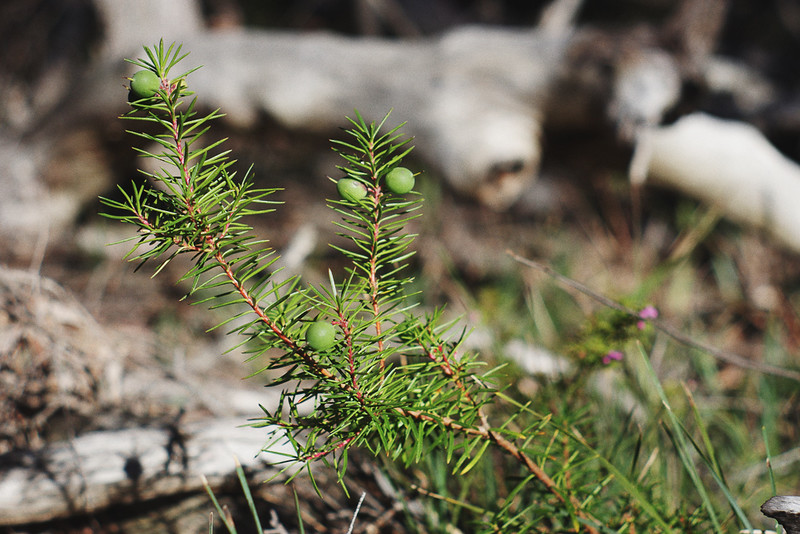
30 Oct 2013
25 Oct 2013
21 Oct 2013
17 Oct 2013
13 Oct 2013
人之渺小、人之宏伟
横看成岭侧成峰,
远近高低各不同。
不识庐山真面目,
只缘身在此山中。
苏轼(1037-1101)
不难想象 60 年代末,人类第一次看见地球全面貌时的惊讶。当时,我们懂山懂海,却首次目睹脚下星球的全景。不过此创举却还未让我们看见全宇宙。
如今我们已经看见了太阳系,但许多人却仍懊恼于每日的琐碎事(请观赏 Jason Pontin: Can technology solve our big problems?)。人类尚有许多
8 Oct 2013
6 Oct 2013
5 Oct 2013
Searching for the endangered shrub, Persoonia hindii
The latest field work was an interesting one: chatting all day long about community assembly processes and methodology for quantifying spatially-clustered plant population. Put it in a simpler way, we were measuring the population size of an endangered shrub, Persoonia hindii, while investigating what is the plant's suitable habitat.
As community ecologists, we were not interested only in the "well-being" of a single plant species, but were also observing the neighbour species and the environment in which they live. These biotic and abiotic associations will allow us to predict habitat requirements of the focal species (i.e. P. hindii).
What's the point of this field survey? The investigation area is being disturbed by coal mining. Trees are being cleared to pave ways for water-discharge pipes. Legislation however demands the mining company to reassess its impact on local ecosystem including endangered species such as P. hindii. Our data will help mapping the locations where P. hindii occurs in high density (i.e. species distribution model), and mine managers will be required to avoid cutting their pipes through these hot spots.
 |
| Ray navigating to the next survey transect through open eucalypt woodland, dominated by a ground layer of Pteridium ferns. |
As community ecologists, we were not interested only in the "well-being" of a single plant species, but were also observing the neighbour species and the environment in which they live. These biotic and abiotic associations will allow us to predict habitat requirements of the focal species (i.e. P. hindii).
 |
| A fruit-bearing Persoonia hindii, which is listed as endangered under NSW government. Our recent tracks covered an area of about three football fields (within an 40km2 forest area), but only found the plant within 6.5% of the total area. |
What's the point of this field survey? The investigation area is being disturbed by coal mining. Trees are being cleared to pave ways for water-discharge pipes. Legislation however demands the mining company to reassess its impact on local ecosystem including endangered species such as P. hindii. Our data will help mapping the locations where P. hindii occurs in high density (i.e. species distribution model), and mine managers will be required to avoid cutting their pipes through these hot spots.
2 Oct 2013
Subscribe to:
Comments (Atom)





















